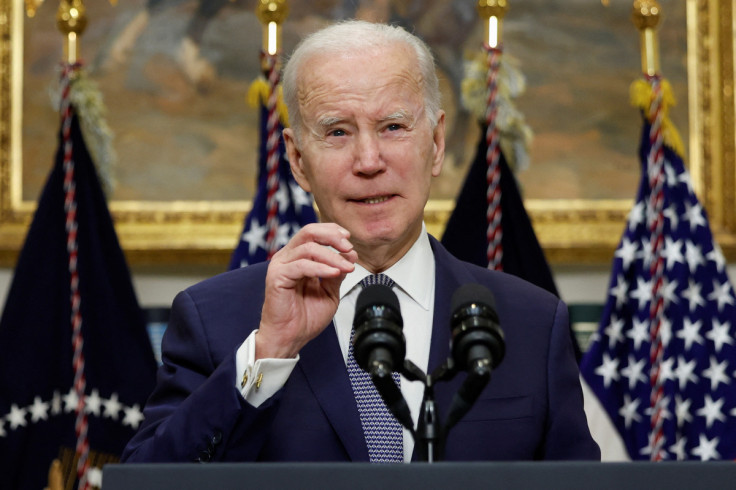Joe Biden announces $39 billion student loan debt forgiveness
Education Department aims to forgive student loans for 800,000 borrowers due to administrative errors, with changes made to income-driven repayment plans.

In a significant move to address long-standing issues in the student loan system, the Education Department revealed on Friday that it would automatically forgive student loans for more than 800,000 borrowers.
This decision follows the recent Supreme Court ruling that invalidated the Biden administration's plan for broad-based student loan forgiveness, which aimed to help over 40 million borrowers eliminate up to $20,000 in debt each.
The announcement made on Friday pertains to a separate initiative by the Biden administration to enhance income-driven repayment plans (IDRs), which are designed to reduce monthly student loan payments based on an individual's income. The primary objective of this action is to rectify administrative errors that prevented certain borrowers' payments from counting towards their eligibility for student loan relief.
US Secretary of Education Miguel Cardona expressed his frustration with the broken system, stating: "For far too long, borrowers fell through the cracks of a broken system that failed to keep accurate track of their progress towards forgiveness."
Under the revised plan, borrowers become eligible for loan forgiveness after making payments for 20 or 25 years, depending on their specific repayment plan. The US government offers various types of income-driven repayment plans, commonly known as IDR plans, wherein borrowers make monthly payments based on their income over a period of 20 or 25 years.
What are income-driven repayment plans?
Income-driven repayment plans are specifically designed to alleviate the burden of student loans by adjusting monthly payments based on an individual's income. These plans aim to make repayment more manageable for borrowers.
However, critics have highlighted significant drawbacks associated with these plans. Firstly, there are four different types of income-driven repayment plans, each with its own set of rules and criteria. This complexity can create confusion and challenges for borrowers who must navigate through the intricacies of each plan. Additionally, the plans have faced criticism for allowing student loan debt to increase through a phenomenon known as negative amortization.
Negative amortisation occurs when the repayment amount is insufficient to cover the interest on a loan. As a result, the unpaid interest is added to the principal balance, causing it to grow. This can lead to a compounding effect, where the borrower's repayments may not keep pace with the increasing debt. A report by the SBPC highlighted instances where some borrowers experienced their college loan obligations doubling or even tripling despite being enrolled in a repayment plan.
The administration initially announced its intention to amend the plan in April 2022 to rectify "historical inaccuracies in the count of payments that qualify toward forgiveness under IDR plans," as stated by the education department.
It is worth noting that last month, the Supreme Court ruled six to three against the larger student loan forgiveness plan proposed by President Biden, effectively halting the cancellation of billions of dollars in student loans for more than 40 million Americans. The court concluded that the Biden administration had exceeded its authority with the program, which aimed to forgive approximately $10,000 per borrower, and up to $20,000 in certain cases.
Borrowers receiving notices of forgiveness in the coming days are those with direct student loans or loans in the Federal Family Education Loan program — all loans held by the Education Department — who have reached the necessary forgiveness threshold during any of the following periods:
- Any month when the borrower was in repayment status, regardless of whether the loans were partial or late.
- Any period when the borrower spent 12 or more consecutive months in forbearance
- Any month in forbearance when borrowers were in forbearance for 36 or more cumulative months.
- Any month in deferment before 2013.
- And any month spent in economic hardship or military deferment on or after January 1, 2013.
The coverage extends to borrowers with Direct Loans, Federal Family Education Loans held by the Education Department, as well as Parent PLUS loans.
This initiative represents a significant step towards addressing the complexities and challenges faced by borrowers within the student loan system. As the Education Department takes action to rectify errors and streamline the loan forgiveness process, it remains to be seen how these efforts will further shape the future of student loan policies in the United States.
© Copyright IBTimes 2025. All rights reserved.






















